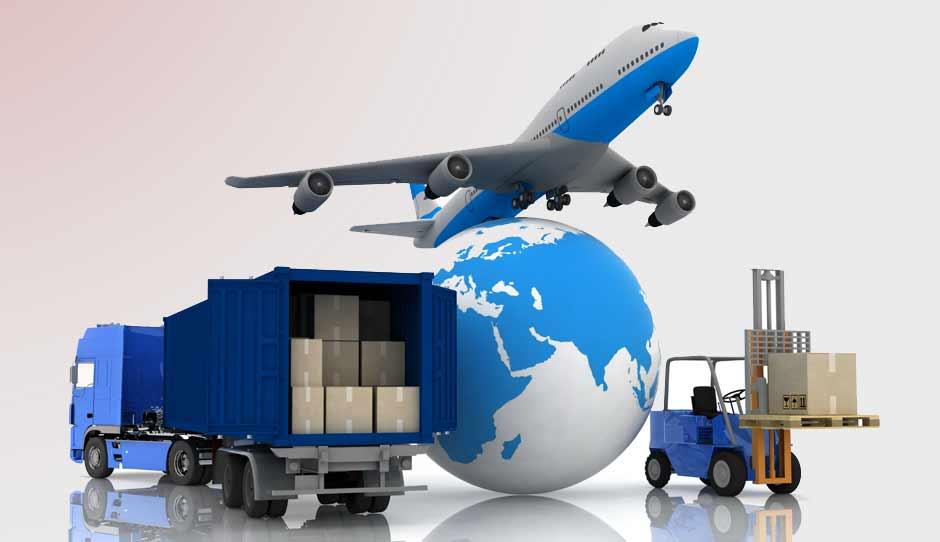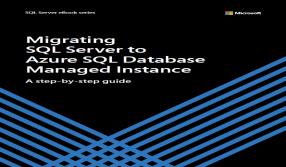How You Can Streamline a Supply Chain
- BY Sonal Khetarpal
 In Operations
In Operations 9695
9695 0
0

A behind-the-scenes look at product or service delivery shows the medley of inputs that goes into bringing products and services to customers. Smart management of inbound supplies is vital for a business to succeed. Timely inflow of materials in the right quantities, appropriate information and sufficient finance ensure outbound dispatches are on time and are responsive to customer needs, which in turn grow the client base and profits. In contrast, inbound shipments gone awry can mean order cancellations, not to mention a loss of face and client exits.
Managing umpteen suppliers on the inbound side and distributors and clients on the outbound side is no mean feat. Proper systems and technology are essential to supply chain efficiencies and cost optimisation. Consistently measuring supplier performance helps as well. The Aberdeen/iSource Business Supplier Performance Measurement Benchmarking Project shows that establishing standard metrics and procedures to measure supplier performance can improve it by at least a fourth—in the areas of quality, on-time delivery, price, total cost, contract compliance, lead times, and overall responsiveness. Read on to get wise about methods to streamline your supply chain, cut your turnaround time and grow your bottom lines.
Know What You Work With
Map the chain: Pinpointing the sources of raw materials and information, and following their onward journey till a product or service reaches the customer is the first step towards a lean supply chain. “Mapping the flow upstream and downstream at a micro level helps identify the root cause of inefficiencies,” says Rajesh Kakkar, senior director VSME (Lean), Anand Automotive Limited. Analytical tools can facilitate value stream mapping, as the process is called.
For accurate mapping, it is essential to interview every person touching the material inputs—from the moment shipments enter the premises until despatch. “Supervisors are often unaware of the gaps in the system—time-wasting manual processes and interventions that make the chain bulky,” adds Kakkar. Such mapping results in comprehensive details of supply chain sources and costs, inventory levels, their storage and usage location and their flow or usage rate.
Review components: A critical review of the supply chain shows up components that could be made more efficient or eliminated from the flow. For instance, materials can usually be procured cheaper from local sources. According to Kamal Meattle, CEO, Paharpur Business, “Local procurement speeds up inbound supplies and can cut out a middle-man. It also reduces the business’ shipping footprint and cuts fuel costs, transfer charges, import duties etc.” Siddharth Paradkar, principal, logistics, Tata Strategic Management Group, adds, “Local procurement provides for greater control on parameters like response time, inventory management, travel, culture and language issues, training suppliers on quality and company standards, protection of intellectual property, logistics costs, hence enabling lower total cost.”
Other adjustments could include faster shipping to shorten order-cycle time and lower inventory levels and optimised inbound and outbound packaging sizes to meet customer needs while saving on transportation costs etc. Inventory management procedures must also be streamlined to control supply chain costs. “Else, the cost of material and working capital deployed to maintain extra inventory can wipe out the savings from negotiating cheaper trucking or warehousing rates,” cautions Paradkar.
Factor in contingencies: Careful evaluation exposes weak links in the supply chain. While some of these could be improved upon, there may not be any immediate replacement available for a strategic supplier with production limitations. Businesses must learn to work within these boundaries. “Anticipate their timing and order accordingly,” suggests Srinivasan Saragapani, general manager, India Supply Chain, Timken India Limited.
Flexibility should be built into the supply chain to tide over unforeseen situations. Wherever possible, line up alternative suppliers to handle potential emergencies. “A concrete Plan B can compensate for the failure of supplies,” adds Saragapani. Networking and market research could help identify cheaper sources. Consistent communication with suppliers and logistics partners is vital as well. Saragapani says, “It is a means to build strong relationships with suppliers as well as to learn about their operational emergencies that can cause supply interruptions.”
Invest in Technology
Define payback: End-to-end supply chain management solutions cuts the flab from the entire process of goods delivery, starting from demand forecasting through manufacturing scheduling, procurement, warehousing to sales and merchandise returns.
Setting baseline performance measures prior to investing in efficiency-enhancing ERP systems ensures the highest returns. “For starters, clearly define payback,” says Kakkar. “Quantify the deliverable outcomes, be it a reduction in the supply chain cycle time and the turnaround lead time or an increase in bottom lines.” Qualitative parameters like customer satisfaction should also, as far as possible, be measured quantitatively by tracking related indices such as order fulfilment time, the number and value of reorders, etc.
Consistently monitoring performance against the baseline measures helps improve the usage of technology.
Drive internal efficiencies: Appropriate technology can boost internal efficiencies and improve internal communication, especially in companies where raw materials account for a large chunk of the input costs.
Yogesh Sharma, vice president—developments, The 3C Company, a construction company, advocates using technology to schedule production (in their case, construction), evaluate the total raw material requirement at each stage of a project and negotiate better product pricing. Adopting better inventory management enables the best use of cash flows while ensuring that plants receive the right quantities of material on time. This converts into timely production and delivery.
Work towards full visibility: Besides improving internal processes, technology can tap into bigger opportunities lying between businesses. “The best deployments aim at eliminating silos between organisations and creating responsive systems that reduce manual work and analysis wherever possible,” says Kakkar. The internet has also made it easier for businesses to plug in logistics partners and achieve visibility during goods transfers: in-transit shipments can be tracked by running queries on online warehousing and transport systems.
Measure Supplier Performance
Define payback: Authors of Re-Engineering the Corporation, Dr Michael Hammer and James Champy say, “You can’t improve what you can’t measure.” Consistently measuring supplier performance helps identify glitches and make improvements. The aim is to reduce the total cost of ownership of supply relationships, products, and the entire supply chains.
In spite of a widespread understanding of measuring supplier performance, only about half of the enterprises in the Project had established formal procedures for the task and many only reviewed the suppliers’ accounting for the largest portion of spending or supplying a critical product or with whom they shared a strategic supply relationship. Measuring and evaluating the performance of the entire supply base is essential to control costs, maintain and enhance quality, and gain competitiveness. Suppliers performing below par should be provided assistance or training to improve or be replaced. Adopt these practices and see your streamlined supply chain positively impact your business targets.
Tips to Improve
Use these suggestions to get a better grip on your supply chain:
Establish a clear business strategy: Efficient supply chains are found mostly in companies that have a clear and flexible business strategy and an operating model designed to implement this strategy and achieve a balanced set of operational objectives. So focus on business strategy.
Planning and execution: Better forecasts and the coordination and integration of planning and execution can help to avoid wastage and overstocking of materials.
Collaborate with supply chain partners: Collaboration helps build strong relations with suppliers and promotes trust about the quality of raw materials. It should cover joint decision-making and problem-solving as well as sharing information about strategies and production plans with each other.
Optimise existing assets: Before investing in new technology, evaluate assets that are not being optimally used. Fine-tune existing business processes to get more value from these applications.
Maximise the benefits from investments in technology: Develop an IT road map showing how new investments support business goals to make the most from investments in IT. Invest in a modular solution that can be deployed step by step.
Integrating Supply Chain Information Systems
Integrating a business’ supply chain solution with its upstream suppliers and downstream distributors and customers helps to manage the complex flow of multiple components. But when each participant’s technological systems and competencies differ, it poses a challenge to integration.
However, Rajesh Kakkar, senior director VSME (Lean), Anand Automotive Limited, says technology should not be seen as a prerequisite to integration. “Smaller companies may not be able to afford best-in-class supply chain solutions that are capable of being integrated. Sharing relevant information about your production schedule and inventory consumption pattern with your supplier is all that is needed because that is what is achieved through system integration.”





























Add new comment